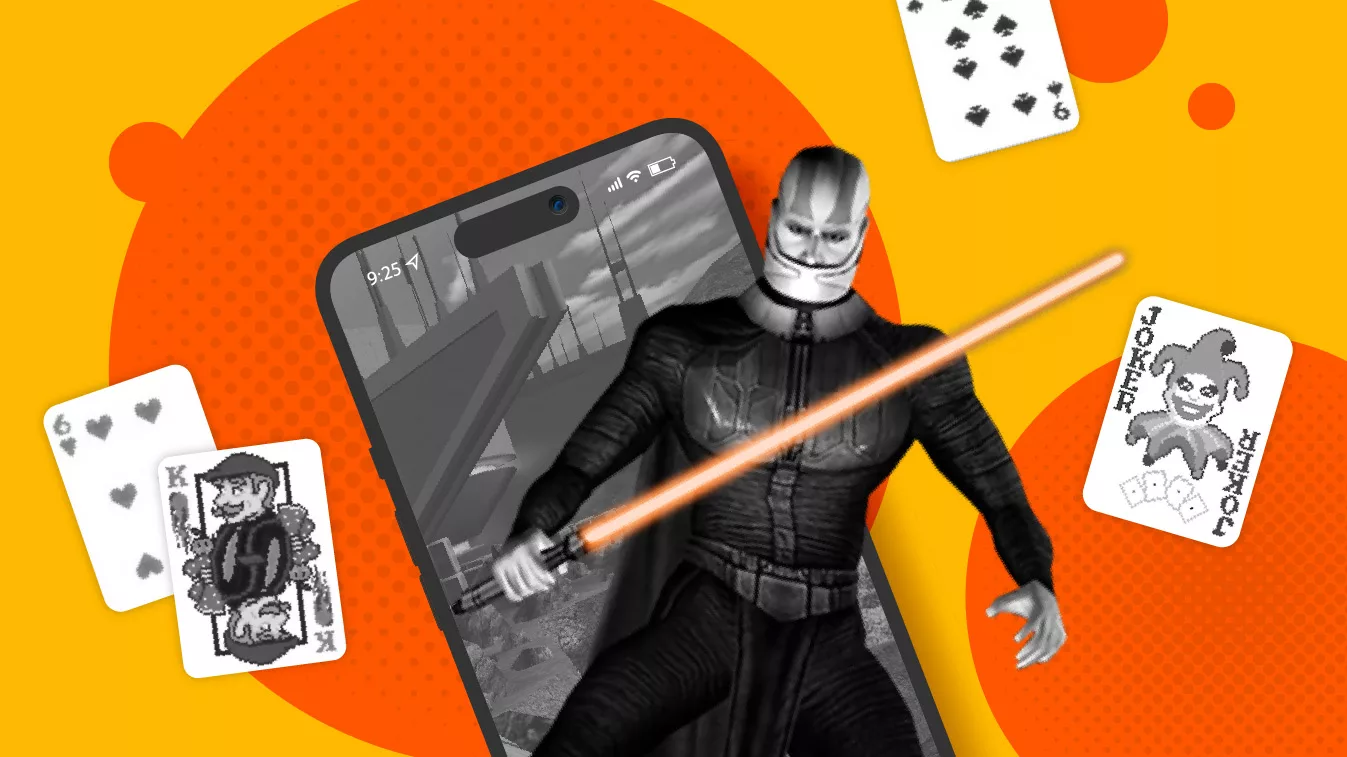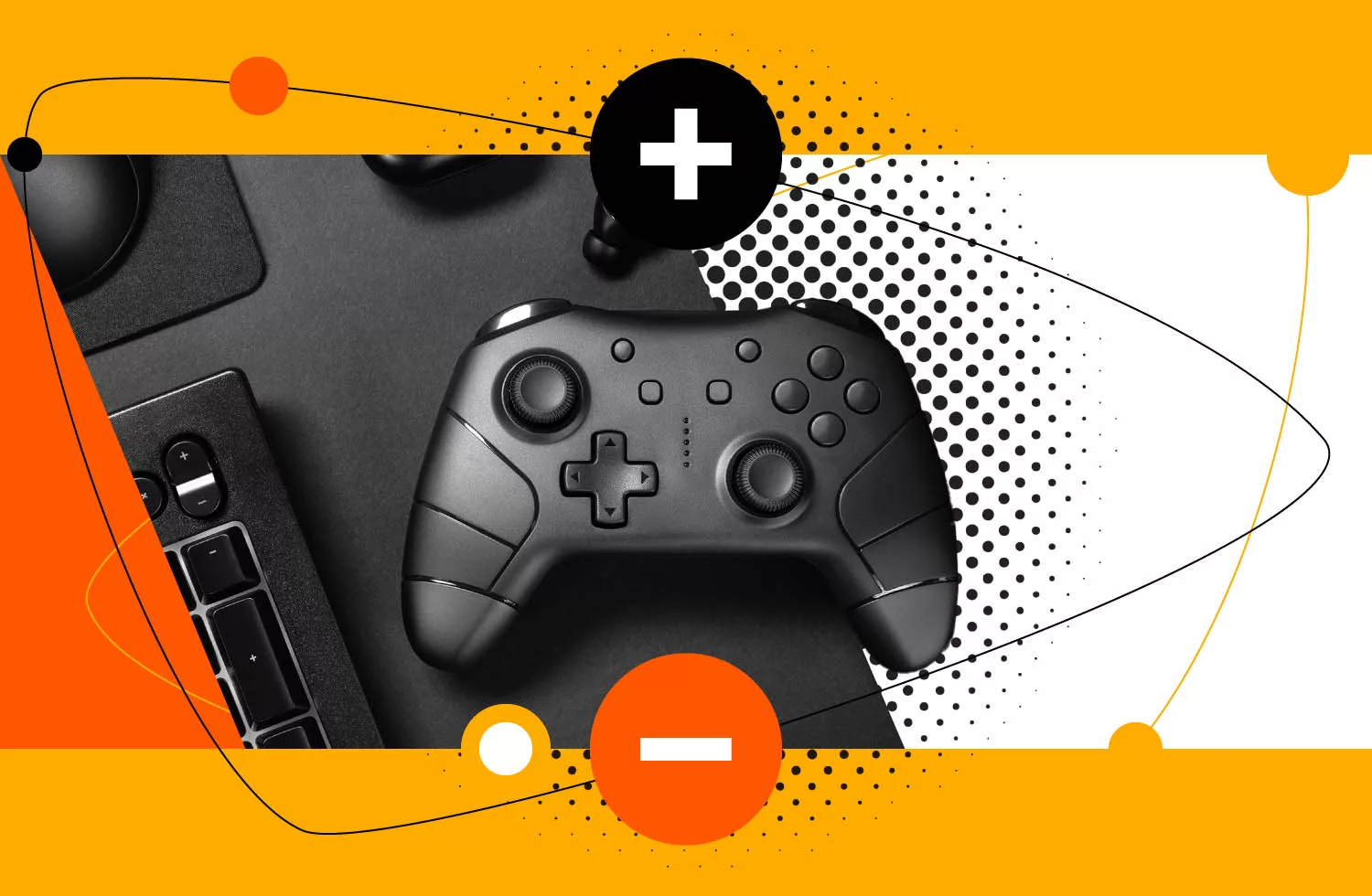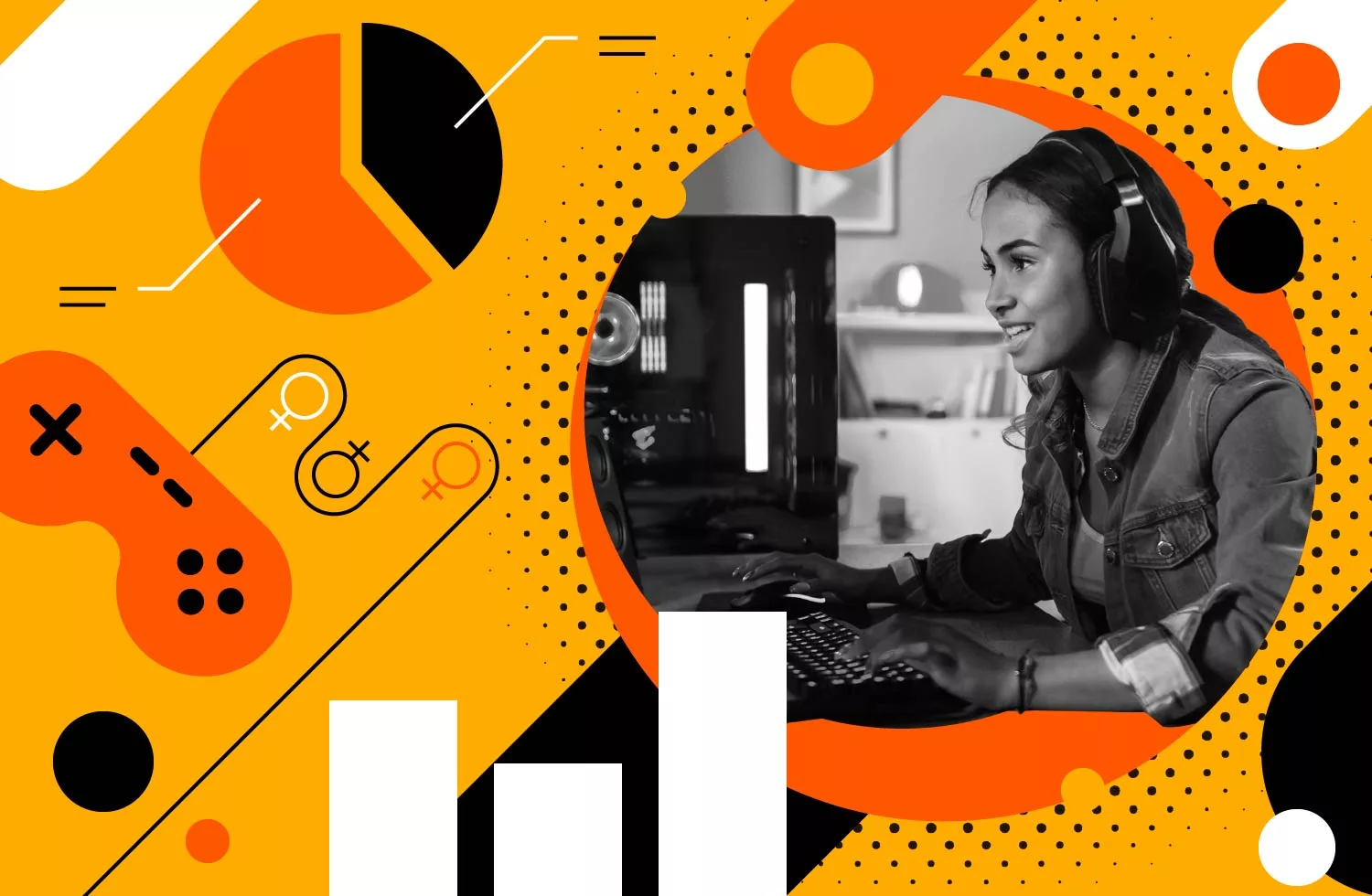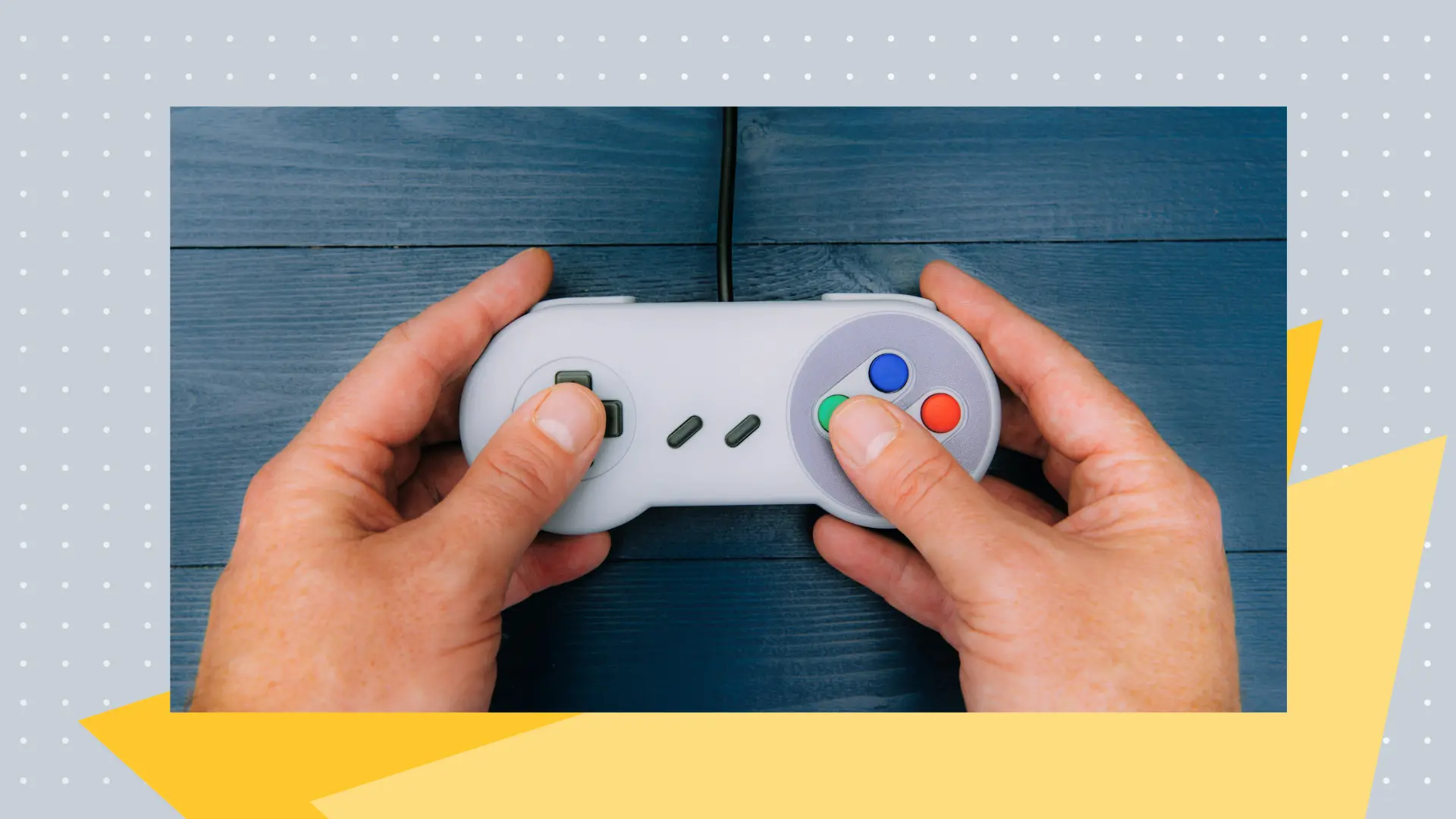
The history of mainstream console games dates back to at least the 1980s when the home system became affordable and took the world by storm. This era set many ideas followed for decades, from genres to series, control types, and, of course, cheat codes.
In the world of cheat codes, none hold the ongoing legacy and fame that the Konami Code does. Still in use decades later, this callback to gaming’s early console days might be confusing for younger readers, or those who grew up on PC. So, what’s the Konami code anyway, where did it come from, and how do we still see it used in the modern era?
What Did the Original Konami Code Do?
The original Konami Code was used in a port of the 1985 arcade space-shooter game Gradius. When entered on the pause screen, it instantly provides the player with all the powerups that the player normally collects gradually.
What Is the Konami Code?
The Konami Code is a series of inputs that when used in the right game and place, provides some sort of cheat or unlockable feature. The inputs for this code are traditionally the following:
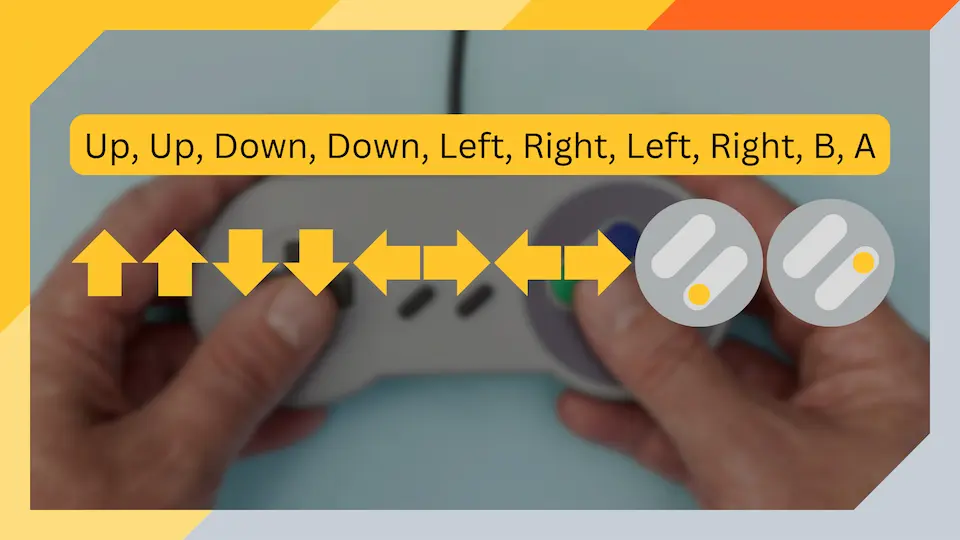
Up, Up, Down, Down, Left, Right, Left, Right, B, A
Where Did the Konami Code Come From?
The Konami Code originated from an NES port of a side-scrolling arcade shooter called Gradius. Games at the time, especially those which came from arcades, were notoriously difficult. This difficulty made them great at eating money from players, but it also created issues in game testing.
Game testers need to be able to play through the entire title to check for errors, so if they can’t survive, then the quality of the game can suffer. As a solution, a developer of the game named Kazuhisa Hashimoto included the code to help testers.
When entered on the pause screen of Gradius, the Konami Code provides all ship upgrades, making the player much more powerful. This helped the testers finish the game, and perform better quality assurance as a result.
Funnily enough, the Konami Code wasn’t originally meant to stay in Gradius. It was simply forgotten about when the game shipped, and later iterations didn’t remove the code for fear it could introduce glitches and bugs. When the players learned about the code, it became famous, and Konami leaned into this fame.
Is the Konami Code Still Used?
The Konami Code is still used today, but it’s used differently. Games today tend not to focus on lives-based gameplay, so adding extra lives or power-ups would often be pointless. Instead, the modern Konami code usually unlocks bonus content or hard difficulty modes.
Going Beyond its Origins
After the success and fame of Gradius and the original Konami Code, Konami looked into implementing it into further titles. The most famous of these games is Contra for the NES, a game notorious for its challenge. Entering the code in Contra provides 30 extra lives, which for many players still wasn’t enough to overcome the overwhelming alien and NPC menace.
Over the years, Konami kept including the Konami Code, even as they left the NES and explored other platforms like the SNES, PS Vita, Xbox One, and PC. As gaming evolved and cheat codes became less common, the Konami Code would evolve to offer other bonuses and unlocks, even in games not from Konami.
Entering a Konami Code did become a little more difficult too, because not all systems use the layout of the original NES controller. The Xbox, for example, flips the B and A buttons. PC games let the player customize all their controls, so the traditional ‘accept and go back’ buttons of A and B would have to be changed. Then, of course, the PlayStation platforms don’t have A or B buttons at all.
As for the Konami Code in action, here are a few of our favorite inclusions outside of Gradius and Contra:
- Tetris (NES version): Turns the current Tetronimo into the much-loved l piece
- Silent Hill 3: Entering the Konami Code unlocks a Sailor Moon outfit
- Bioshock Infinite: Unlocks the special hardest gameplay mode without having to complete the game first
- Dead by Daylight: Gives the player a special equipable charm
- Discord (yes, the chat platform): Grants access to a game of Snake
What is #1 the Konami Code?
The number one use of the Konami cheat code has to be from its use in Contra for the NES. In fact, the Konami code is still called the Contra Code by some people thanks to how famous and useful it is in this title.
The Enduring Legacy
Now rapidly approaching its 40th birthday, the Konami Code has earned an eternal place in gaming history. No matter the gaming platform, this small portion of video games has become an ingrained part of video game culture, still loved and paid homage to today. Like the Dopefish, it’s a fun little nod to those in the know, and now, that includes you too.
What Happens if You Google the Konami Code?
If you use voice commands to tell Google the Konami Code, you’re told that you’re given unlimited free searches. Of course, Google offers this anyway, so it’s more of an easter egg nod to the original Konami Code than a real feature.
FAQs
In what game was the Konami Code first used?
The Konami Code was first used in the Gradius port for the NES
What makes the Konami Code famous?
How useful the code is, and its repeated appearances throughout gaming history.
How many games has the Konami Code appeared in?
While the official count is unknown, it’s assumed that Konami Code games number over a hundred.
Who invented the Konami Code?
Konami employee and producer Kazuhisa Hashimoto first introduced the world to the Konami Code.



